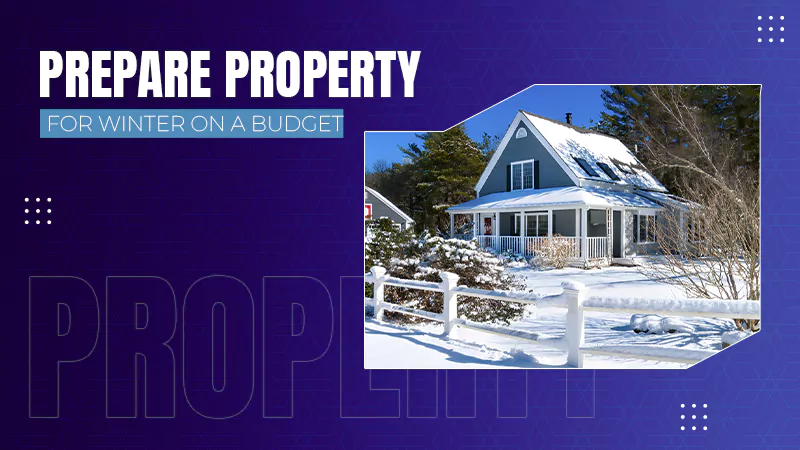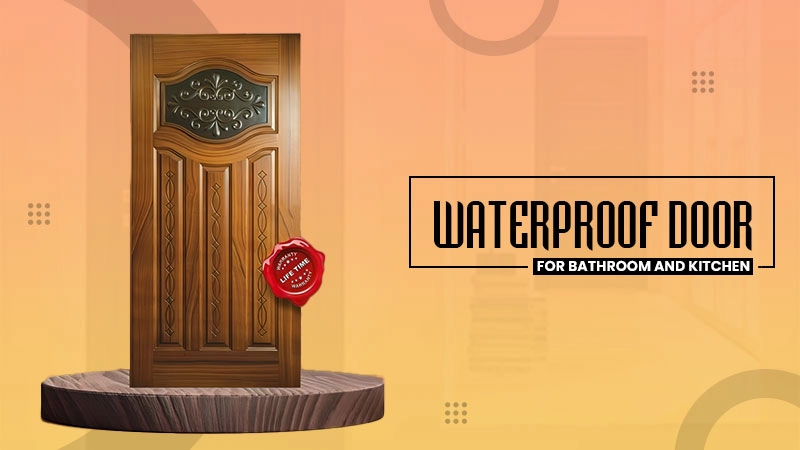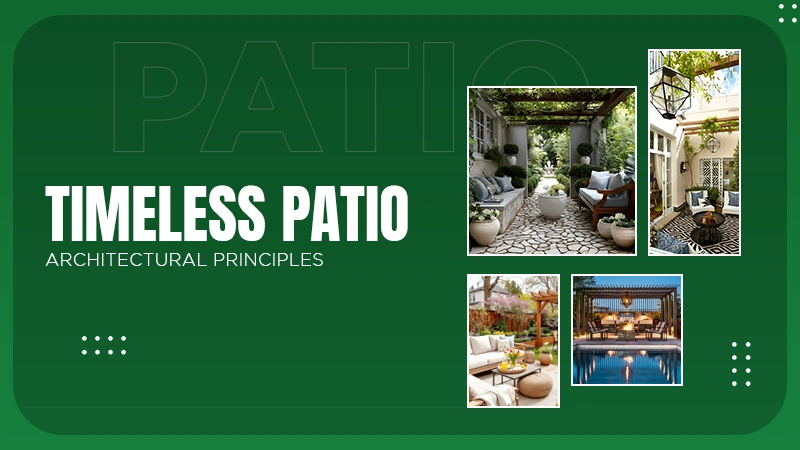Creating shade outdoors is no longer just about practicality. A thoughtful shade solution can serve as an architectural feature, bringing cohesion to a backyard or patio design. With the right materials and style, these covers do more than protect from the sun; they shape how an outdoor space feels and functions. As people spend more time in their outdoor areas, there’s a growing demand for solutions that not only offer relief from the elements but also contribute to the overall appeal of the space. From structured installations to fabric-based options, these ideas bring style and substance together.
Blinds with a Purpose
Outdoor blinds do more than block sun and wind; they set the tone for how a space is used. Whether installed on a patio, pergola, or balcony, they help control light, regulate temperature, and provide privacy without feeling enclosed. Among the many types available, adelaide outdoor blinds stand out for their adaptability and design-forward approach. Offered in a range of materials from PVC to mesh, these blinds can match the color palette of a space or blend in seamlessly for a more understated look. Their function becomes part of the design, making them suitable for both residential courtyards and commercial terraces. Depending on placement and type, they can help define zones within an outdoor area, such as separating a lounge space from a dining corner.
Pergolas with a Contemporary Twist
Pergolas have moved well beyond their classic wood-and-vine image. Now available in aluminum, steel, and composite materials, modern pergolas offer sleek lines and durable frames suited to many architectural styles. Open-louver designs let sunlight in while still casting gentle shadows, and motorized options provide control over shade levels with the push of a button. Minimalist frames complement modern homes, while warm-toned timbers can tie in with natural surroundings. Pergolas also provide a structure to hang lighting or curtains, creating a setting that can shift from day to night with ease. Instead of being just a shelter, they serve as the central element around which outdoor life revolves.
Shade Sails with Sculptural Appeal
Floating above patios, gardens, or poolside seating, shade sails strike a balance between form and function. Their tensioned fabric design allows for interesting geometry, introducing angles and curves into flat outdoor settings. With various sizes and shapes available, they can be layered or arranged in a sequence to match the layout of a space. Neutral shades like sand and charcoal fit into nearly any setting, while bold colors can create a focal point. Aside from their visual interest, they provide reliable UV protection and can be removed seasonally if needed. The flexibility in installation makes them suitable for both large yards and compact urban balconies, adapting easily to odd angles or unconventional layouts.
Retractable Awnings for Versatile Coverage
Retractable awnings offer the benefit of full shade when needed and open sky when not. Whether manually operated or motorized, they provide control without the need for permanent structures. When extended, they can shade entire decks or patios, protecting furniture and flooring from sun damage. When retracted, they preserve the open feel of the space. Modern versions come with streamlined cassettes that tuck the fabric away neatly, preserving the clean lines of a building’s exterior. The fabric choices have evolved too, with UV-resistant textiles in subtle textures and tones that hold up to sun, wind, and rain. Mounted above windows or glass doors, they can also help with cooling indoor spaces by reducing heat gain.
Canopies with Character
Unlike fixed roofs or heavy structures, canopies strike a lighter note. Whether they’re freestanding or attached to a wall, their fabric draping and flowing forms soften hard surfaces like brick, concrete, and tile. Some feature metal frames with grommeted fabric panels that can be pulled back or tied up to suit the weather. Others resemble café awnings, casting a relaxed and leisurely atmosphere over outdoor seating. Striped patterns nod to classic European styling, while single-color canopies blend effortlessly into modern settings. These covers are often paired with climbing plants or fairy lights for an added layer of charm..
Natural Shade from Green Structures
Sometimes the best cover isn’t synthetic at all. Living shade options, such as trellises covered with vines or pergolas supporting climbing greenery, bring a feeling of immersion in nature. Jasmine, wisteria, and grapevines are often chosen for their foliage and seasonal flowering. As these plants grow, they create dappled light that shifts with the wind and time of day. Green shade takes longer to establish but rewards patience with cooling benefits, fragrance, and seasonal variation. Bamboo screens and woven branches can also provide filtered light while keeping views partially open. These approaches make the most of natural elements, adding softness to hardscape areas and encouraging wildlife like birds and butterflies.
The right outdoor cover not only provides shade but also frames the experience of being outside, transforming a space. Whether seeking full protection from midday sun or just a gentle shield from the afternoon glare, there’s a solution that brings both style and comfort.




